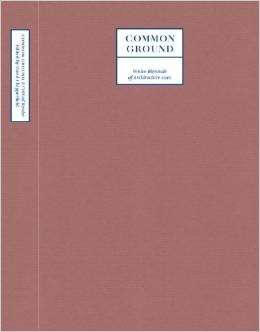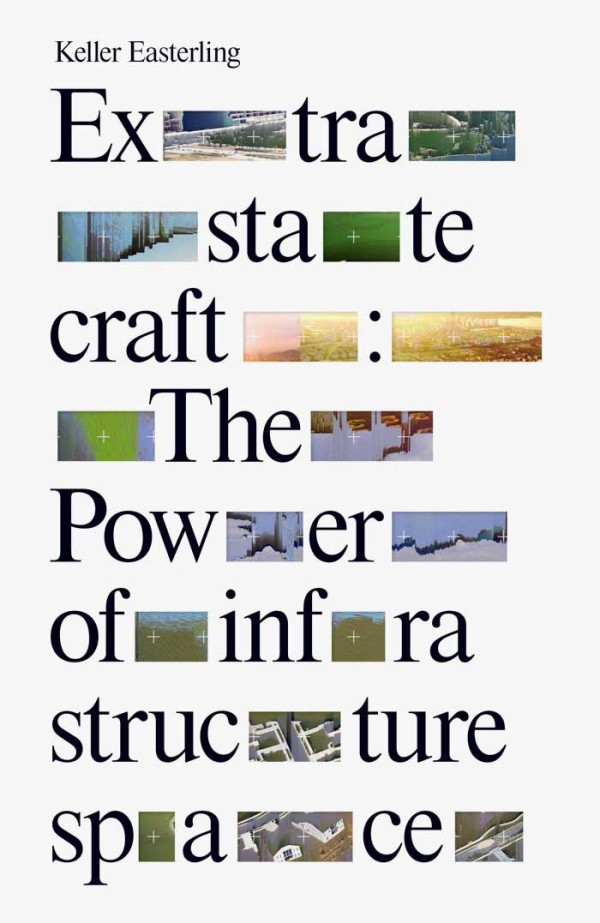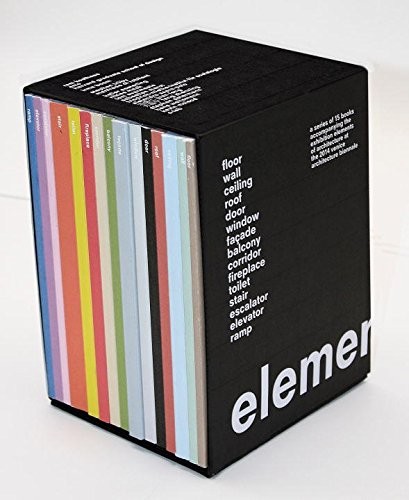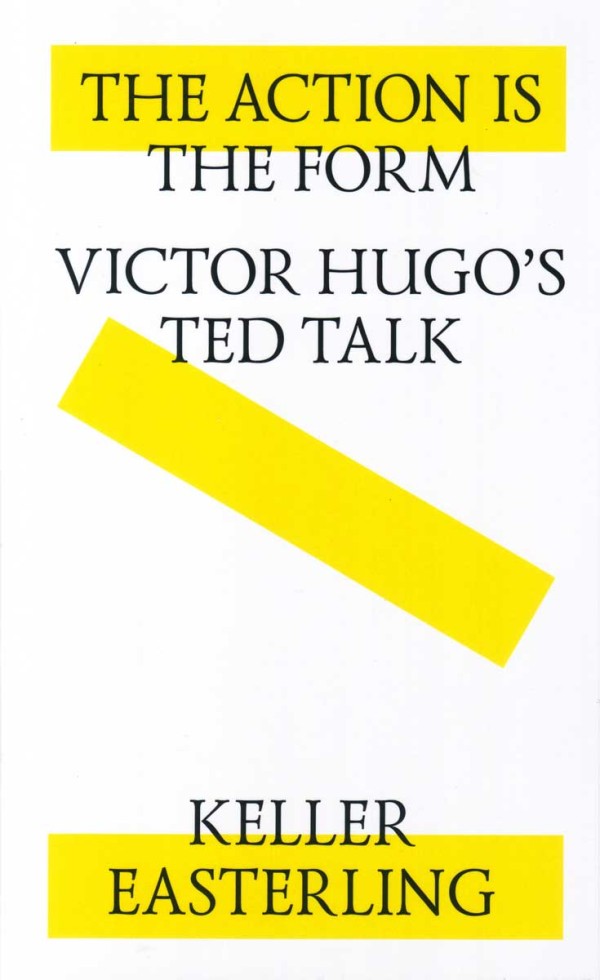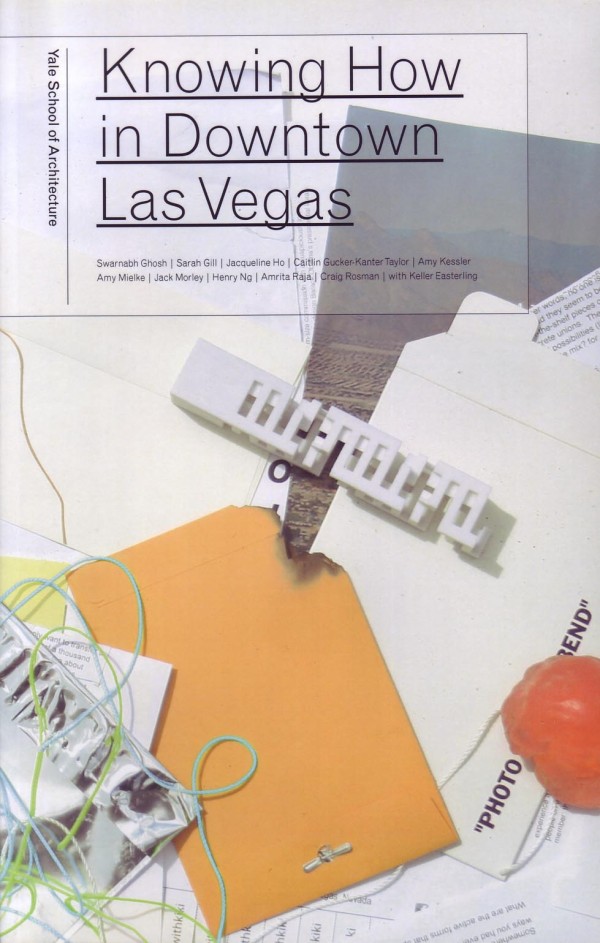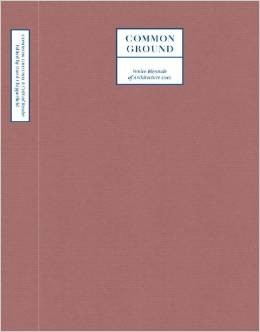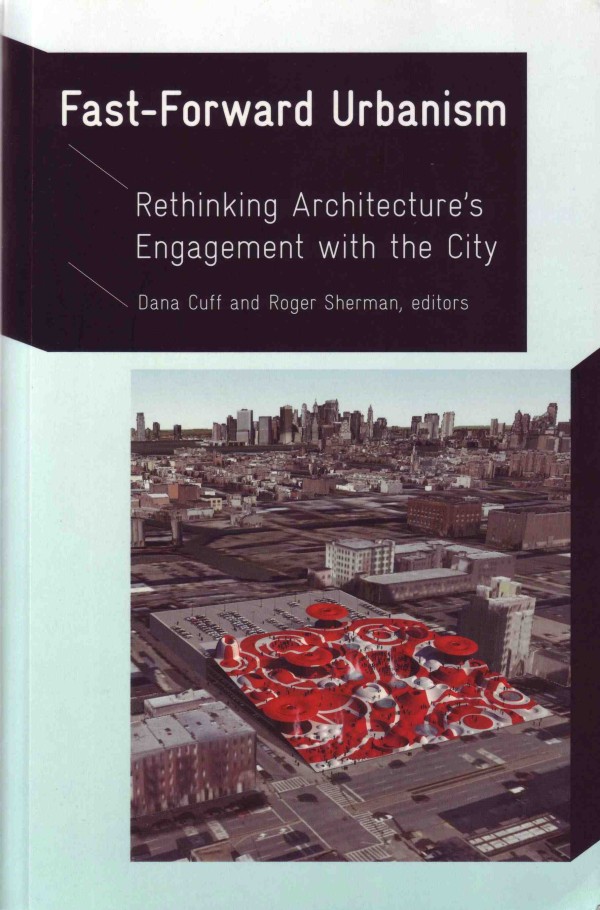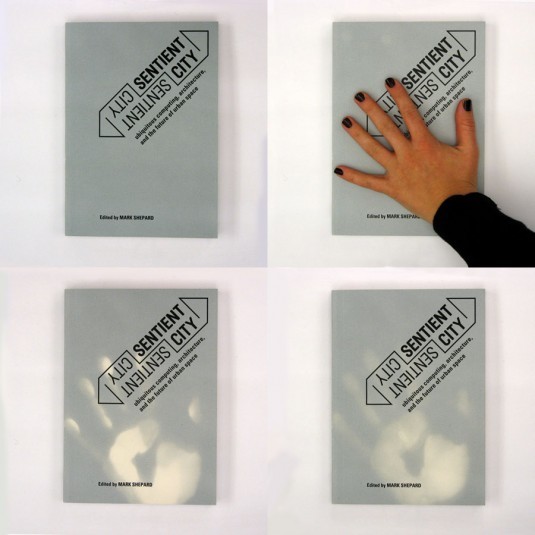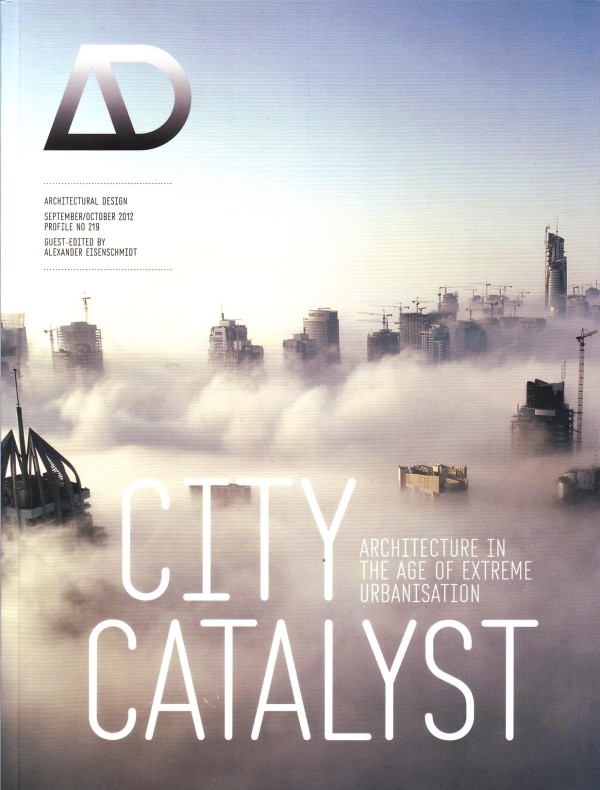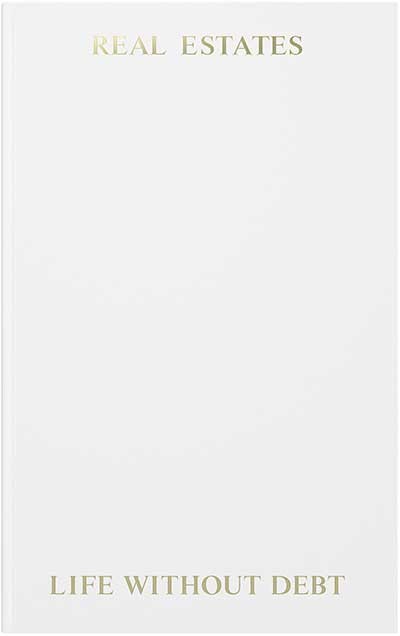Active Form
David Chipperfield, Kieran Long and Shumi Bose, eds., Common Ground: A Critical Reader (Venice: Marsilio Editori) — 2012
Speed through images of the space in which we swim: parking places, parking lots, skyscrapers, turning radii, garages, driveways, street lights, airport lounges, highway exits, big boxes, small boxes, strip malls, shopping malls, free zones, casinos, fast food, retail, restaurants, hotels, cash machines, tract housing, containers, container ports, golf courses, golf course suburbs, office buildings, office parks, resorts. The retinal afterglow is of a soupy matrix of details and spatial products—the repeatable formulas that make most of the space in the world. While architects are best trained to craft singular masterpiece buildings, most of the architectural enclosures that the world inhabits are by-products of formulas considered to be outside the discipline. Even if these spaces are not physically identical, they shape experiences and practices as monetized products. Now even entire world cities are also built according to meta spatial products that reproduce environments like Shenzhen or Dubai. The most radical changes to the globalizing world are being written in the language of this matrix space—a space that has become an almost infrastructural technology.
Architecture is making the occasional stone in the water. The world is making the water.
This infrastructural space is a common ground, but is it a common ground for the discipline of architecture? Architecture often assumes that it has no skills to address the spatial products of repeatable or infrastructural space. The fear is that to address this space one would need to dilute the discipline with knowledge from economic, political or social sciences. The same fear might also wish to establish the boundaries of a shared disciplinary knowledge—a common ground as protected area. Consensus about a proper architectural practice or canon would then exclude non-conforming evidence and act as a firewall against the creep of matrix space—space deemed to have nothing to do with the history of urbanity or the core of architectural arts. While this might be a perfectly reasonable artistic choice, the strenuous exercise of identifying unworthy outliers and writing histories that eliminate rather than gather evidence perhaps diminishes its pleasures. As with many fears, this stance begins to have the disposition of, not an artistic, but rather a political or religious practice.
Moreover, there is a significant difference between the decision to turn to other disciplines for knowledge or skills and the decision to apply the disciplinary skills of architecture to a broader set of phenomena in the wide world. Expanded extradisciplinary knowledge is very different from an expanded audience for architectural knowledge. It can be sufficiently compelling to design the stone in the water, and faced with these landscapes it is perhaps understandable that the discipline falls returns what it is best trained to do—making pictures of spatial, political processes or ecologies rather than actually inflecting them. Yet it can also be both pleasurable and compelling to think about what spatial arts—not science or policy expertise, but arts—are involved in shaping and deflecting the water. With this artistic choice, the infrastructural matrix space that is making most of the world does not kill or quarantine architecture but rather opens onto new pastures of endeavor and practice.
